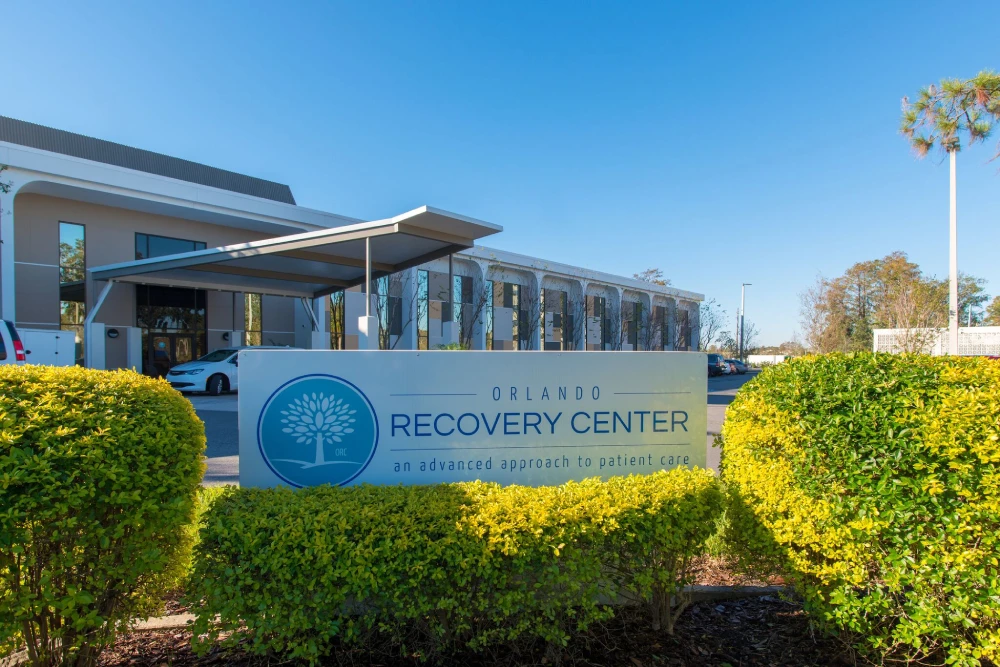Learn about the prevalence of schizotypal personality disorder, a condition characterized by eccentric behavior or difficulty forming close relationships.
Schizotypal personality disorder(STPD)is a personality disorder characterized by odd or eccentric behaviors. People with STPD may:
- Have unusual beliefs or mannerisms
- Display abnormal speech or ways of dressing
- Exhibit inappropriate emotional responses
Although they are separate conditions, schizotypal personality disorder is considered avariantofschizophrenia. People with STPD have severalcognitive impairments, including issues with memory, attention and processing environmental contexts, though they may be unaware of any problem. These cognitive and behavioral symptoms can make itdifficult to functionin different aspects of daily life and society.
Prevalence of Schizotypal Personality Disorder
Based on a survey of adults in the United States, it’s estimated that between1–3.9%of the population will experience STPD in their lifetime.Prevalence of STPDis higher among people with lower socioeconomic status, people who are divorced or widowed andmen.
Schizotypal Personality Disorder and Co-Occurring Conditions
There are bothgeneticand experience-based factors that contribute to the development of STPD. For example, many people with personality disorders have experienced pasttraumas, and therefore, personality disorders may co-occur withpost-traumatic stress disorder. Schizotypal personality disorder can also frequently co-occur withother personality disorders, such asparanoid personality disorder.STDP alsoshares some symptoms, such as social deficits, withautism spectrum disorders. Though similar in name, people with STPDrarelygo on to develop schizophrenia.
STPD may also co-occur with substance use;researchhas shown that STPD is associated with greater cannabis use, and has also been linked withalcohol, nicotineandillicit substances.
Schizotypal Personality Disorder and Employment
Due to the difficulties that people with STPD experience in their day-to-day lives and relationships, they may find it difficult to find or keep employment.Researchhas shown that having STPD was related to lower rates of employment, as well as a history of working at less cognitively complex jobs than those without STPD. Peopleworking with STPDmay prefer or have experience in jobs that requireless social contact.
Statistics on Schizotypal Personality Treatment and Prognosis
Treatments for personality disordersoften include a mixture of psychosocial therapy — such as skill-building or problem-solving — and medication to address both the genetic and environmental aspects of personality disorders. It may be important to tailor treatment to an individual, due to the frequent co-occurrence of other mental health conditions
Although personality has been thought to be quite stable over time, there isevidenceto support improvements in functioning and relationships among people with STPD.Schizotypal personality disorder treatmentmay include:
- Individual therapy
- Group therapy
- Medication
- Behavioral strategies, such as skill-building or social skill development
Based on a person’s personal history and any comorbidities, theprognosisfor each case of STPD can look slightly different and treatment strategies are best tailored to each individual. If you or someone you care about is abusing substances as a way to cope with STPD,contact The Recovery Village todayto discuss our comprehensive treatment options.
Related Topic:Personality disorder statistics
















